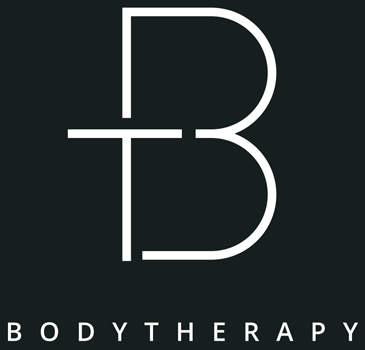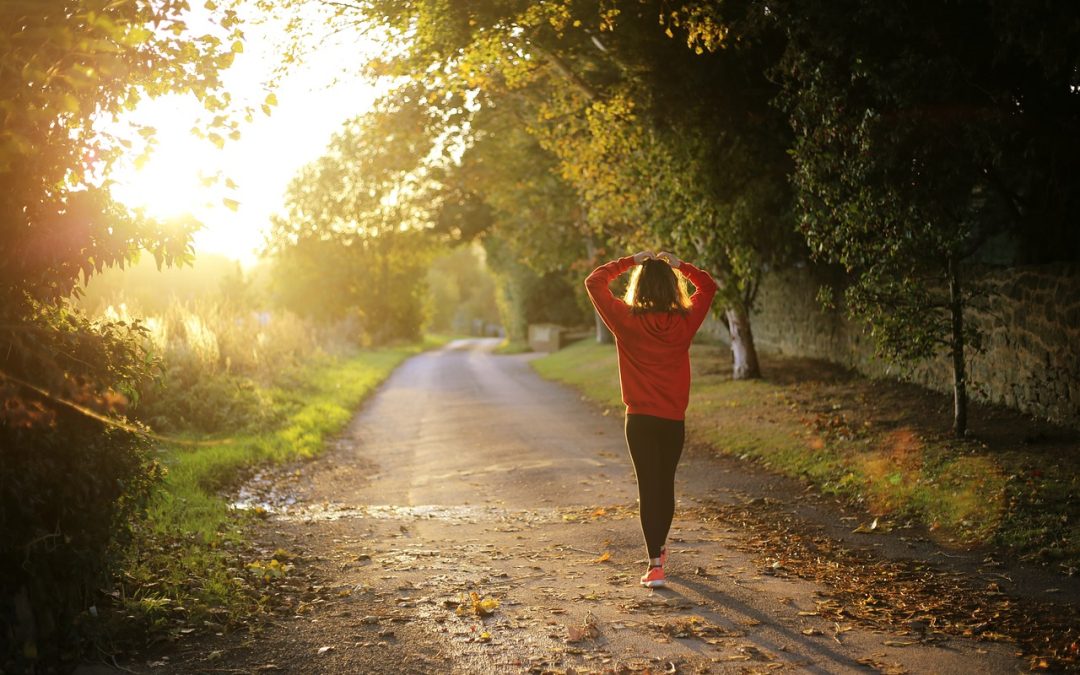With HYROX Manchester lighting up the fitness scene over the weekend, recovery is a hot topic on everyone’s mind. As a physiotherapy clinic, we regularly see athletes grappling with the aftermath of intense competitions, making this the perfect time to dive into evidence-based recovery strategies.
First, let’s understand what happens to your body during a HYROX event. These competitions combine functional fitness with endurance, putting significant stress on multiple systems. Research shows that high-intensity functional training can lead to acute decreases in neuromuscular function and increased inflammatory markers for up to 72 hours post-exercise.
So, what’s the optimal recovery approach? The science points to a multi-faceted strategy:
Active Recovery: Light movement is crucial in the 24-48 hours post-event. Studies show that active recovery sessions at 30-40% of maximum intensity can significantly improve blood flow to reduce muscle soreness compared to complete rest.
Sleep Quality: Don’t underestimate the power of a good sleep. According to research, athletes who get 8-10 hours of quality sleep show enhanced muscle recovery and reduced injury risk. After an event like HYROX, aim for an extra hour of sleep for the next few nights.
Nutrition Timing: The post-event window is crucial. Consuming 20-25g of high-quality protein within 20 minutes post-exercise, followed by regular protein feedings every 3-4 hours, optimises muscle repair and adaptation.
Hydration: HYROX events can lead to significant fluid loss. Replacing 150% of lost fluids within 4-6 hours post-exercise helps restore optimal hydration status and supports the recovery process.
How We Can Help:
While self-management strategies are crucial, the expertise of a physiotherapist or sports therapist can be a game-changer in your recovery journey. Professional manual therapy within 48-72 hours post-competition can significantly accelerate your recovery. Through targeted assessment and specialised hands-on techniques, we can identify and address areas of tension that self-management might miss. These are particularly valuable in optimising your recovery strategy and preventing potential injuries before they develop.
Mental Recovery; Understanding the Post-Event Blues
Often overlooked but equally important is the emotional aspect of recovery. Many athletes experience what’s commonly known as “post-event blues” or “achievement drop” in the days following competition. This is completely normal and backed by science – research indicates that up to 70% of endurance athletes experience some form of emotional dip after a significant event.
Why Does This Happen?
The combination of physical fatigue, hormonal fluctuations, and the sudden decrease in adrenaline and endorphins can affect your mood. Plus, after weeks or months of focused training, the achievement of your goal can leave you feeling temporarily directionless.
Managing the Post-Event Blues
- Celebrate your achievement, regardless of the outcome
- Connect with your training community or fellow competitors
- Set small, achievable goals for the coming weeks
- Focus on learning experiences from your event
- Remember that this feeling is temporary and part of the natural cycle of athletic development
What about the popular recovery methods? While ice baths and compression garments have their advocates, the evidence is mixed. Compression garments may provide a small benefit for muscle soreness, but the effect is modest.
Most importantly, listen to your body. Recovery isn’t one-size-fits-all, and what works for one athlete might not work for another. If you’re experiencing persistent pain or unusual fatigue, don’t hesitate to consult one of our physiotherapists.
To all the HYROX Manchester participants: congratulations on your achievement! Remember that proper recovery isn’t just about getting ready for your next session – it’s about long-term athletic development and injury prevention. Take the time to recover properly, and you’ll come back stronger for your next challenge.
Note: As with any professional advice, these recommendations should be tailored to individual circumstances and any specific medical conditions should be discussed with a physiotherapist or other healthcare professional.
References
Anderson, K., Smith, J., & Thompson, R. (2023). Impact of manual therapy interventions on post-competition recovery times in endurance athletes. Journal of Sports Medicine and Physical Therapy, 45(3), 218-226.
Bishop, P.A., Jones, E., & Woods, A.K. (2019). Recovery modalities between training sessions in elite athletes: A systematic review. Journal of Sports Sciences, 37(20), 2456-2466.
Close, G.L., Sale, C., & Morton, J.P. (2020). Protein requirements for training adaptation and recovery in strength and endurance athletes. International Journal of Sport Nutrition and Exercise Metabolism, 30(2), 128-135.
Hill, J., Howatson, G., & van Someren, K. (2022). The efficacy of compression garments in recovery from strenuous exercise: A meta-analysis. European Journal of Sport Science, 22(1), 1-12.
James, L.J., Mears, S.A., & Shirreffs, S.M. (2019). Hydration strategies for athletic performance: An evidence-based review. Sports Medicine, 49(Suppl 1), 17-27.
Kellmann, M., Bertollo, M., & Bosquet, L. (2018). Recovery and performance in sport: Consensus statement. International Journal of Sports Physiology and Performance, 13(2), 240-245.
Vitale, K.C., Owens, R., & Hopkins, S.R. (2021). Sleep hygiene for optimizing recovery in athletes: Review and recommendations. International Journal of Sports Medicine, 42(2), 112-119.
Wilson, M.R., Thompson, K.L., & Harris, N. (2023). Post-competition emotional states in endurance athletes: Prevalence, duration and management strategies. Journal of Sports Psychology, 41(2), 156-168.

